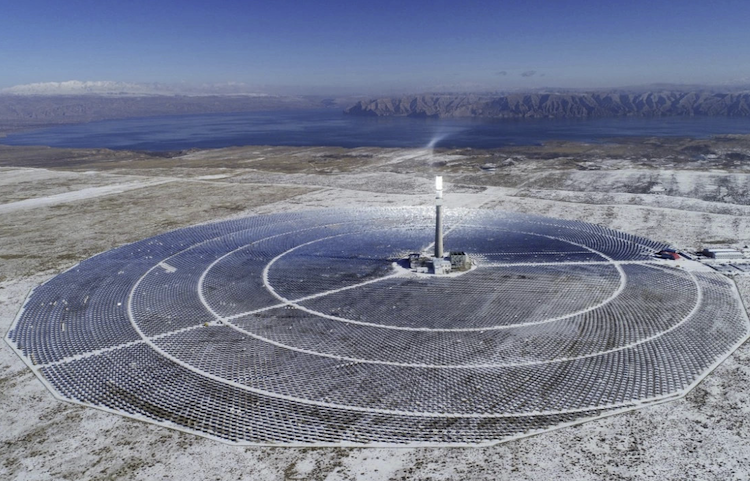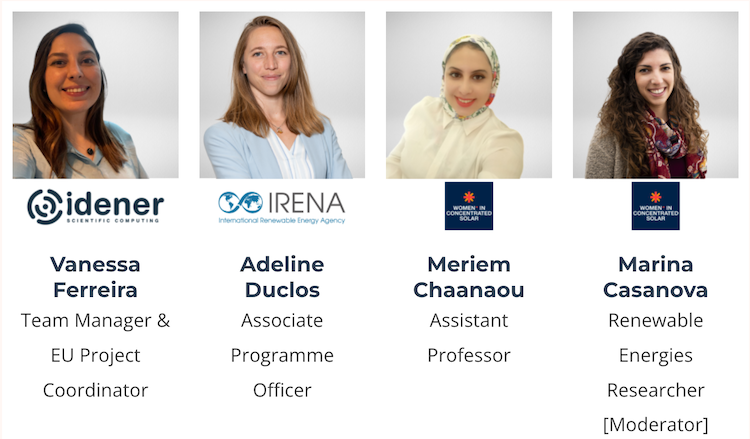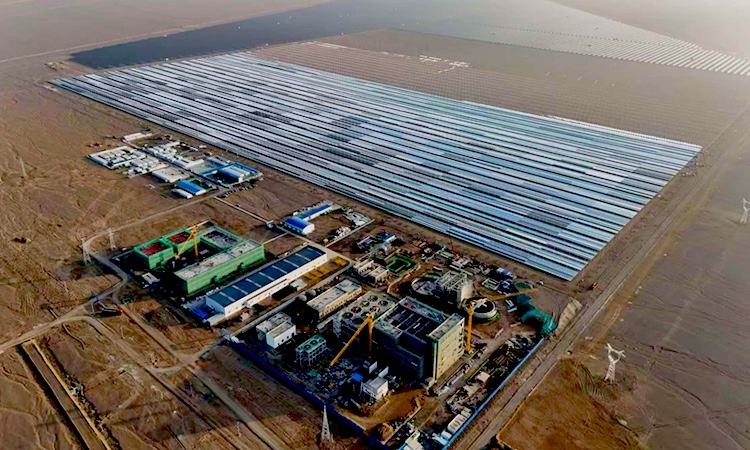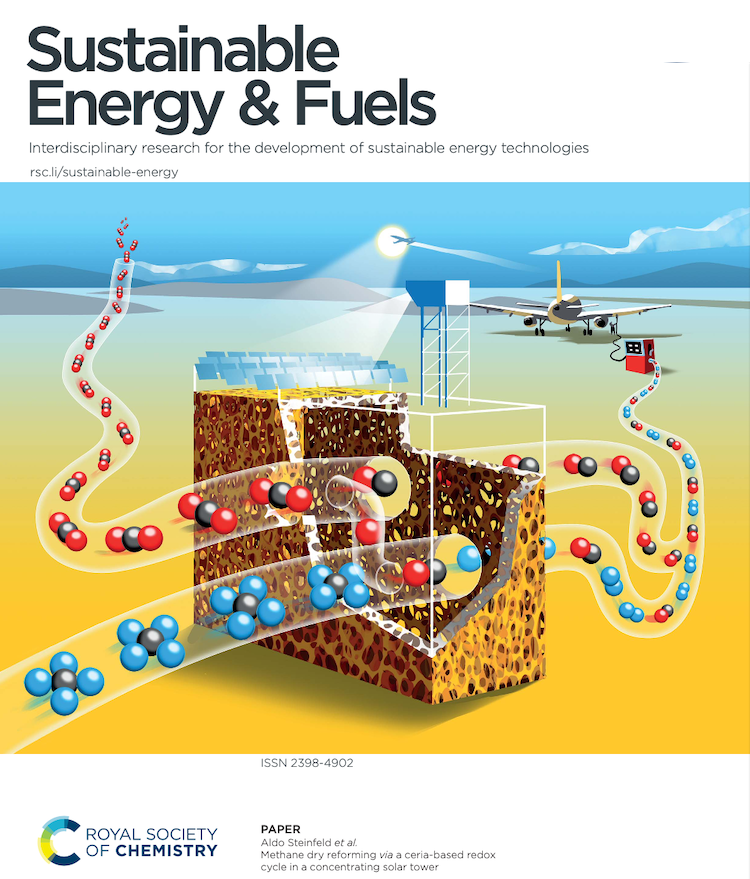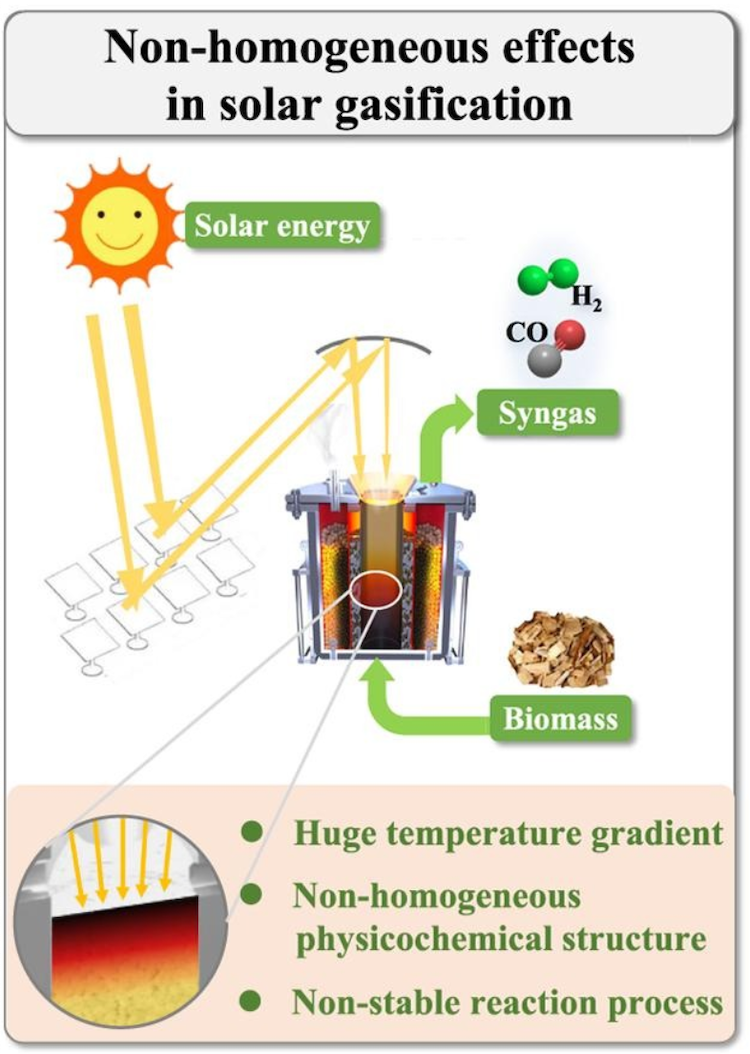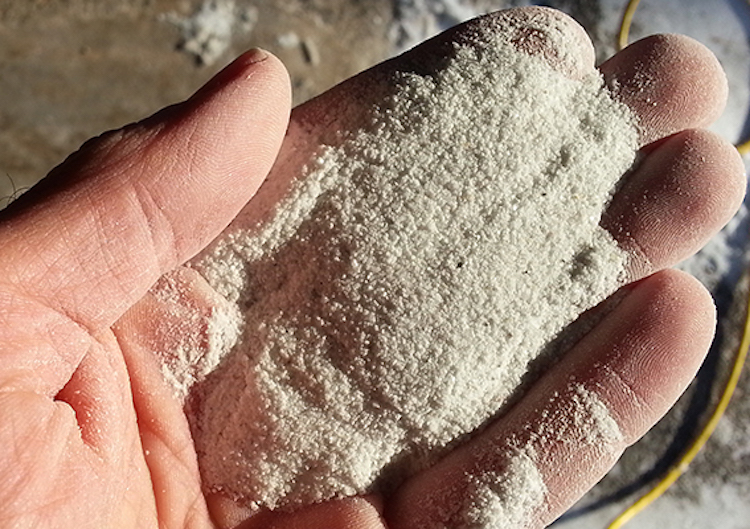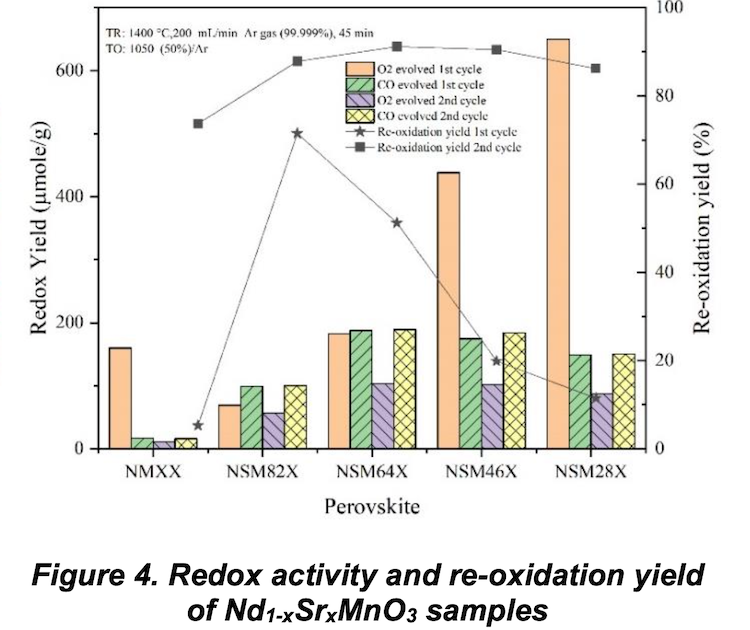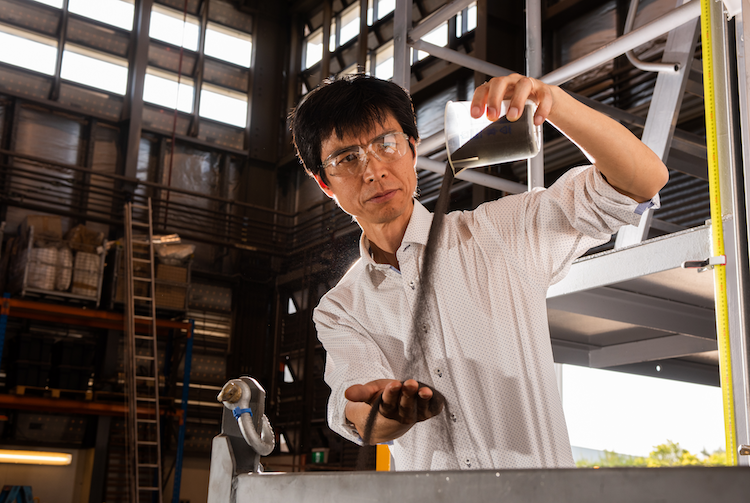Here; Power China’s first project; Gonghe 50 MW Tower CSP in Qinghai Province, online since 2022. Qinghai tsusequently inaugurated the 100 MW Golmud Tower CSP project in the 1 GW renewable energy park. Source; Weixin Qinghai has set tariff policy for concentrated solar projects at 0.55 yuan/kWh (in USD; 7.5 cents/kWh) This has effectively settled …
Continue reading “Qinghai sets CSP tariffs at 0.55 yuan/kWh (7.5 cents/kWh)”


